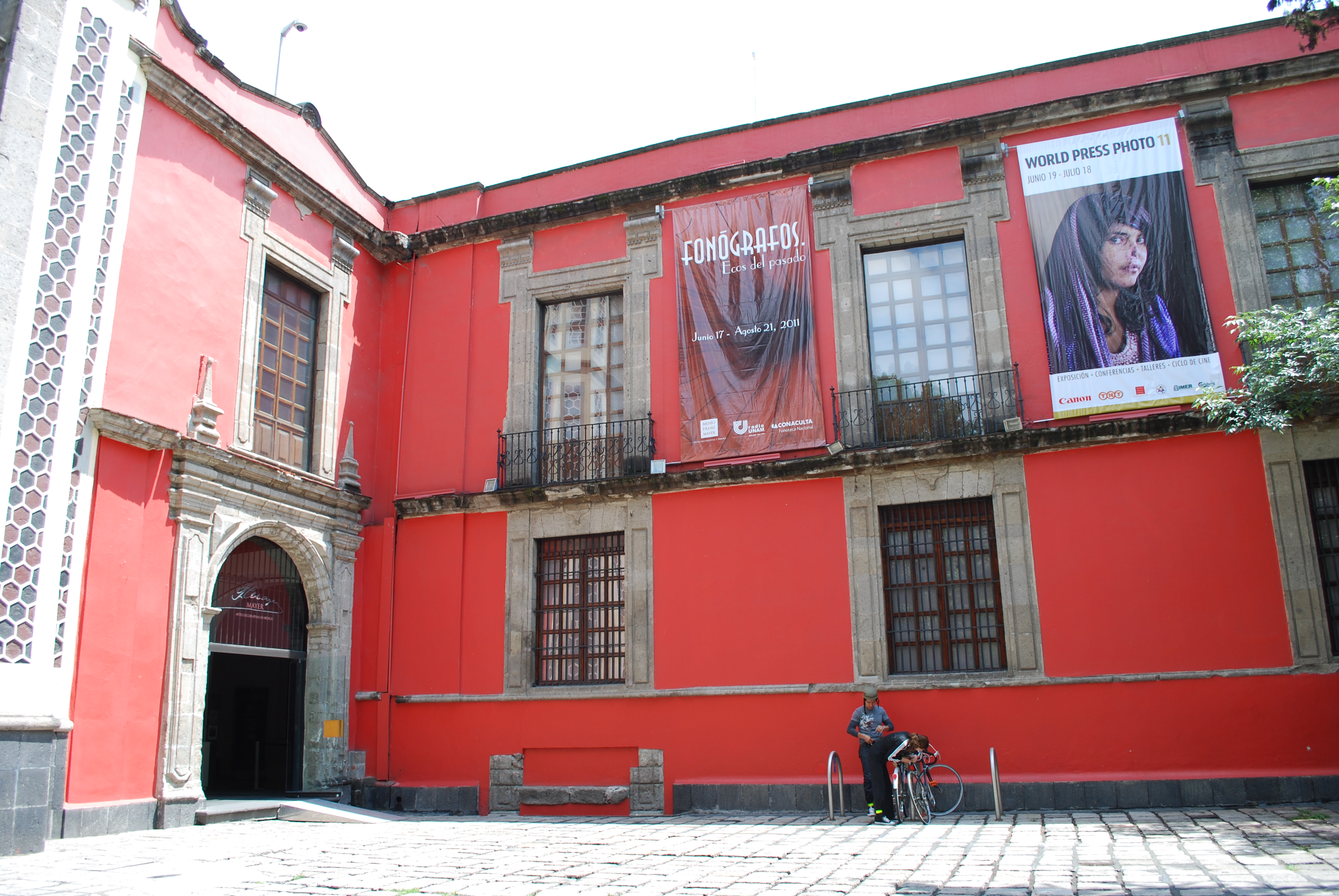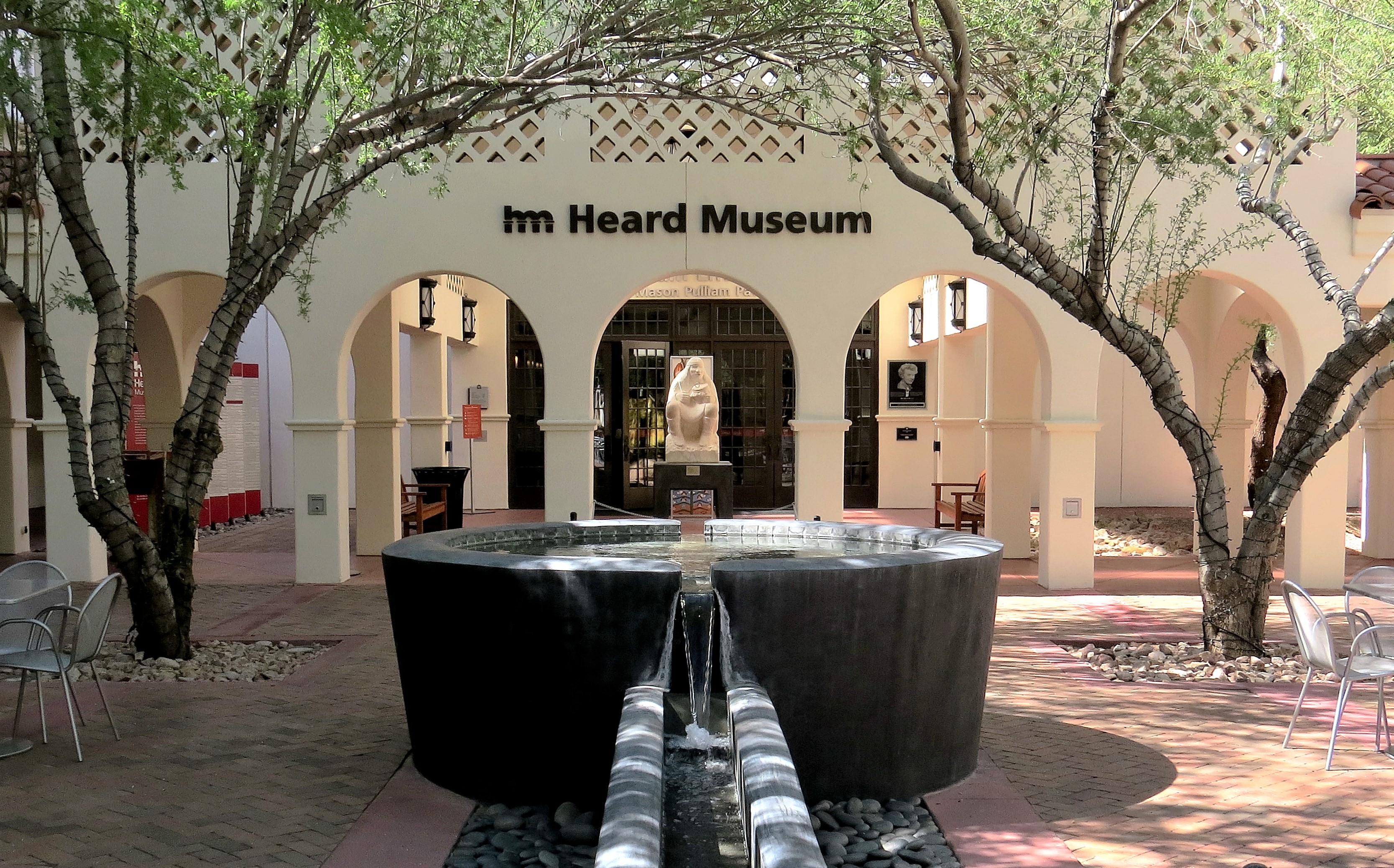|
Mata Ortiz Pottery
Mata Ortiz pottery is a recreation of the Mogollon pottery found in and around the archeological site of Casas Grandes (Paquimé) in the Mexican state of Chihuahua. Named after the modern town of Mata Ortiz, which is near the archeological site, the style was propagated by Juan Quezada Celado. Quezada learned on his own to recreate this ancient pottery and then went on to update it. By the mid 1970s, Quezada was selling his pottery and teaching family and friends to make it and the pottery was able to penetrate the U.S. markets thanks to efforts by Spencer MacCallum and later Walt Parks along with Mexican traders. By the 1990s, the pottery was being shown in museums and other cultural institutions and sold in fine galleries. The success of the pottery, which is sold for its aesthetic rather than its utilitarian value, has brought the town of Mata Ortiz out of poverty, with most of its population earning income from the industry, directly or indirectly. The town Mata Ortiz is lo ... [...More Info...] [...Related Items...] OR: [Wikipedia] [Google] [Baidu] |
Zoomorphic
The word ''zoomorphism'' derives from the Greek ζωον (''zōon''), meaning "animal", and μορφη (''morphē''), meaning "shape" or "form". In the context of art, zoomorphism could describe art that imagines humans as non-human animals. It can also be defined as art that portrays one species of animal like another species of animal or art that uses animals as a visual motif, sometimes referred to as "animal style." In ancient Egyptian religion, deities were depicted in animal form which is an example of zoomorphism in not only art but in a religious context. It is also similar to the term therianthropy; which is the ability to shape shift into animal form, except that with zoomorphism the animal form is applied to a physical object. It means to attribute animal forms or animal characteristics to other animals, or things other than an animal; similar to but broader than anthropomorphism. Contrary to anthropomorphism, which views animal or non-animal behavior in human terms, zo ... [...More Info...] [...Related Items...] OR: [Wikipedia] [Google] [Baidu] |
Franz Mayer Museum
The Franz Mayer Museum ( es, Museo Franz Mayer), in Mexico City opened in 1986 to house, display and maintain Latin America’s largest collection of decorative arts. The collection was amassed by stockbroker and financial professional Franz Mayer, who collected fine artworks, books, furniture, ceramics, textiles and many other types of decorative items over fifty years of his life. A large portion comes from Europe and Asia but most comes from Mexico itself with items dating from the 15th to the 20th centuries. Many pieces in the collection are fine handcrafts, such as textiles and Talavera pottery, and they are important because they are items that often did not survive because most did not consider them worth preserving. The museum is housed in the historic center of Mexico City in the former San Juan de Dios monastery and hospital, an 18th-century structure which was rehabilitated for the museum. In addition to displaying the items Mayer collected, of which only over a quart ... [...More Info...] [...Related Items...] OR: [Wikipedia] [Google] [Baidu] |
Maxwell Museum Of Anthropology
The Maxwell Museum of Anthropology is an anthropology museum located on the University of New Mexico campus in Albuquerque, New Mexico. The museum was founded in 1932 as the Museum of Anthropology of the University of New Mexico, becoming the first public museum in Albuquerque. In 1972 it was renamed the Maxwell Museum of Anthropology in honor of philanthropists Dorothy and Gilbert Maxwell. History The museum was established in 1932 as the Museum of Anthropology of the University of New Mexico by Edgar Lee Hewett, an active anthropologist who founded the University's anthropology department four years earlier. The museum was created to house and display the growing collection of artifacts gathered from field schools of archaeological research associated with the UNM Anthropology Department, the School of American Research, and the Museum of New Mexico. Frank C. Hibben was the first director of the museum and expanded its holdings by collecting archaeological materials from aroun ... [...More Info...] [...Related Items...] OR: [Wikipedia] [Google] [Baidu] |
Chaffey College
Chaffey College is a public community college in Rancho Cucamonga, California. The college serves students in Chino, Chino Hills, Fontana, Montclair, Ontario, Rancho Cucamonga and Upland. It is the oldest community college in California. History The school was established in Ontario, California, in 1883, when city founders and brothers George and William Chaffey donated land and established an endowment for a private college. The private school was founded as the Chaffey College of Agriculture of the University of Southern California;"History of Chaffey" (Taken from the 1917 FASTI Yearbook) Chaffey High School, November 27, 2005, accessed May 14, 2012. USC, also a private university, had been founded three years earlier in nearby |
Phoenix, Arizona
Phoenix ( ; nv, Hoozdo; es, Fénix or , yuf-x-wal, Banyà:nyuwá) is the List of capitals in the United States, capital and List of cities and towns in Arizona#List of cities and towns, most populous city of the U.S. state of Arizona, with 1,608,139 residents as of 2020. It is the List of United States cities by population, fifth-most populous city in the United States, and the only U.S. state capital with a population of more than one million residents. Phoenix is the anchor of the Phoenix metropolitan area, also known as the Valley of the Sun, which in turn is part of the Salt River Valley. The metropolitan area is the 11th largest by population in the United States, with approximately 4.85 million people . Phoenix, the seat of Maricopa County, Arizona, Maricopa County, has the largest area of all cities in Arizona, with an area of , and is also the List of United States cities by area, 11th largest city by area in the United States. It is the largest metropolitan area, bo ... [...More Info...] [...Related Items...] OR: [Wikipedia] [Google] [Baidu] |
Heard Museum
The Heard Museum is a private, not-for-profit museum in Phoenix, Arizona, United States, dedicated to the advancement of American Indian art. It presents the stories of American Indian people from a first-person perspective, as well as exhibitions of traditional and contemporary art by American Indian artists and artists influenced by American Indian art. The Heard Museum collaborates with American Indian artists and tribal communities on providing visitors with a distinctive perspective about the art of Native people, especially those from the Southwest. The Heard Museum's mission is to be "the world's preeminent museum for the presentation, interpretation and advancement of American Indian art, emphasizing its intersection with broader artistic and cultural themes." The main Phoenix location of the Heard Museum has been designated as a Phoenix Point of Pride. The museum operated the Heard Museum West branch in Surprise which closed in 2009. The museum also operated the Heard ... [...More Info...] [...Related Items...] OR: [Wikipedia] [Google] [Baidu] |
Lydia Quezada Celado De Talavera
Lydia ( Lydian: 𐤮𐤱𐤠𐤭𐤣𐤠, ''Śfarda''; Aramaic: ''Lydia''; el, Λυδία, ''Lȳdíā''; tr, Lidya) was an Iron Age kingdom of western Asia Minor located generally east of ancient Ionia in the modern western Turkish provinces of Uşak, Manisa and inland Izmir. The ethnic group inhabiting this kingdom are known as the Lydians, and their language, known as Lydian, was a member of the Anatolian branch of the Indo-European language family. The capital of Lydia was Sardis.Rhodes, P.J. ''A History of the Classical Greek World 478–323 BC''. 2nd edition. Chichester: Wiley-Blackwell, 2010, p. 6. The Kingdom of Lydia existed from about 1200 BC to 546 BC. At its greatest extent, during the 7th century BC, it covered all of western Anatolia. In 546 BC, it became a province of the Achaemenid Persian Empire, known as the satrapy of Lydia or ''Sparda'' in Old Persian. In 133 BC, it became part of the Roman province of Asia. Lydian coins, made of silver, are amon ... [...More Info...] [...Related Items...] OR: [Wikipedia] [Google] [Baidu] |
Ernesto Zedillo
Ernesto Zedillo Ponce de León (; born 27 December 1951) is a Mexican economist and politician. He was 61st president of Mexico from 1 December 1994 to 30 November 2000, as the last of the uninterrupted 71-year line of Mexican presidents from the Institutional Revolutionary Party (PRI). During his presidency, he faced one of the worst economic crises in Mexico's history, which started only weeks after taking office. While he distanced himself from his predecessor Carlos Salinas de Gortari, blaming his administration for the crisis, and overseeing the arrest of his brother Raúl Salinas de Gortari, he continued the neoliberal policies of his two predecessors. His administration was also marked by renewed clashes with the EZLN and the Popular Revolutionary Army; the controversial implementation of Fobaproa to rescue the national banking system; a political reform which allowed residents of the Federal District (Mexico City) to elect their own mayor; the privatization of nati ... [...More Info...] [...Related Items...] OR: [Wikipedia] [Google] [Baidu] |
Premio Nacional De Ciencias Y Artes
The National Prize for Arts and Sciences ( es, Premio Nacional de Ciencias y Artes) is awarded annually by the Government of Mexico in six categories. It is part of the Mexican Honours System and was established in 1945. The prize is a gold medal and 520,000 pesos. Selected winners ''For a complete list of winners in tabular format, see the corresponding article in Spanish.'' Linguistics and literature ''Lingüística y Literatura'' *1935: Gregorio López y Fuentes *1946: Alfonso Reyes *1949: Mariano Azuela González *1958: Martín Luis Guzmán *1964: Carlos Pellicer Cámara *1965: Ángel María Garibay *1966: Jaime Torres Bodet *1967: Salvador Novo López *1968: José Gorostiza *1969: Silvio Zavala Vallado *1970: Juan Rulfo *1971: Daniel Cosío Villegas *1972: Rodolfo Usigli *1973: Agustín Yáñez *1974: Rubén Bonifaz Nuño *1975: Francisco Monterde *1976: ** Antonio Gómez Robledo ** Efraín Huerta *1977: Octavio Paz *1978: Fernando Benítez *1979: Juan José Arr ... [...More Info...] [...Related Items...] OR: [Wikipedia] [Google] [Baidu] |





